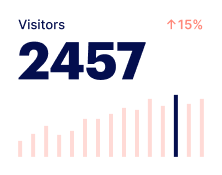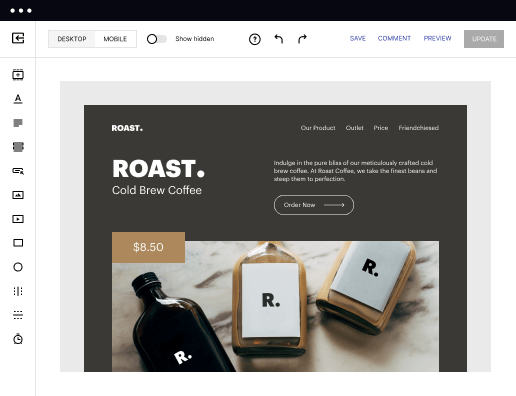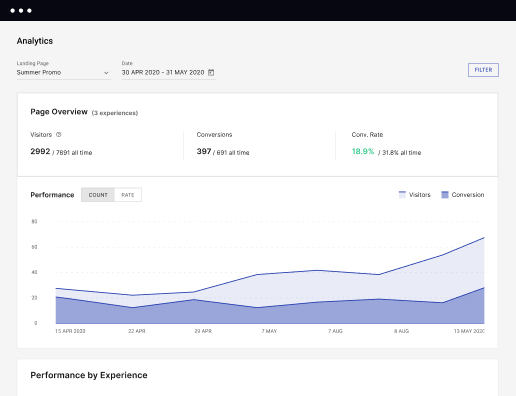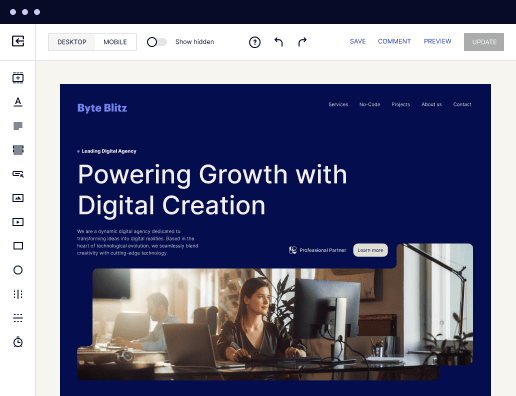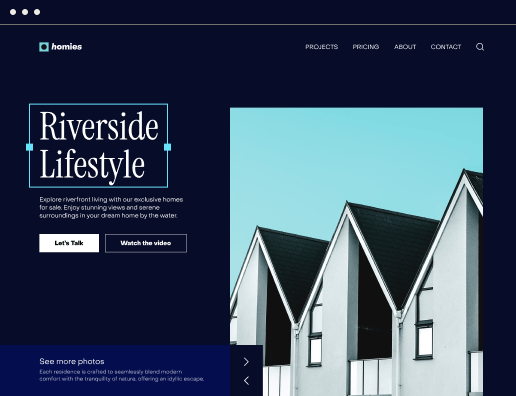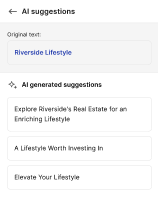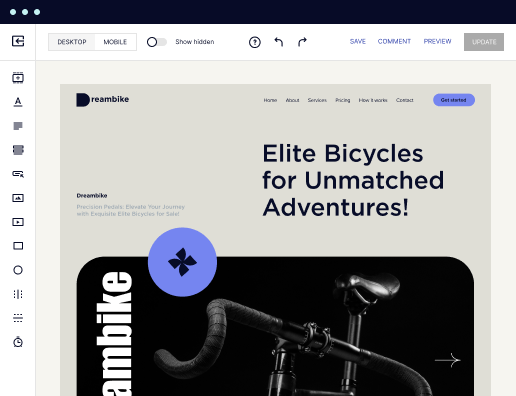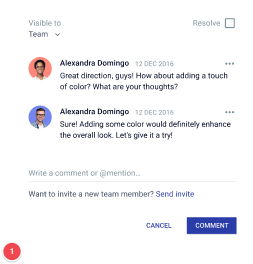Make a high-performance dashboard page optimized for Maxthon
Utilize Instapage to reduce costs, enhance conversions, and deliver tailored experiences in Maxthon.
Create your dashboard page in Maxthon using Instapage
Creating a dynamic dashboard page in Maxthon is a crucial step for marketers aiming to streamline their operations. By leveraging Instapage, you can create landing pages that not only enhance brand trust but also significantly boost conversion rates. This guide provides a step-by-step approach along with effective use cases tailored for different verticals such as business services, education, and financial services in the USA.
Understanding the Benefits of Instapage
Before diving into the creation process, it’s vital to understand the advantages Instapage offers for your dashboard. Instapage is built to be user-friendly, enabling marketers without coding skills to design high-converting landing pages effortlessly. Here are some key benefits:
- 100+ pre-designed layouts: Instapage provides a library of over 100 conversion-focused templates designed to meet diverse business needs.
- Built-in optimization tools: With features like A/B testing and heatmaps, you can analyze user behavior to maximize your page's effectiveness.
- Dynamic content personalization: Tailor landing pages to specific audience segments using features like dynamic text replacement.
Step 1: Set Up Your Instapage Account
Getting started with Instapage is straightforward. Follow these steps to create your account and access the dashboard creation features.
- Visit the Instapage website and sign up for a new account or log in if you already have an account.
- Once logged in, navigate to the dashboard where you can start a new project specifically for your landing pages.
- Familiarize yourself with the layout tools and key features of Instapage to maximize your design efficiency.
Step 2: Choose Your Layout and Add Content
Now that your account is set up, you can begin selecting your preferred layout for the dashboard page. Here’s how:
- Select a conversion-focused template from the library that matches your marketing campaign goals.
- Use Instablocks to drag and drop elements like images, text, and forms to align with your branding.
- Integrate personalized content by leveraging dynamic text replacement to suit the specific demographics of your audience.
Step 3: Optimize and Publish Your Dashboard
With your content in place, it’s crucial to optimize your dashboard page for peak performance. Consider these final steps:
- Conduct A/B testing to compare different versions of your dashboard page and determine which performs better.
- Utilize heatmaps to gain insight into user interactions on your page, helping to refine your layout further.
- Once satisfied, publish your dashboard and monitor its performance using the analytics dashboard provided by Instapage.
By following these steps, you can effectively create a dashboard page that not only reflects your brand's identity but also engages your audience and drives conversions.
Ready to revolutionize your marketing strategy? Start building your dashboard page in Maxthon with Instapage today and watch your conversions soar!
Get more out of Create your dashboard page in Maxthon
Improve your Quality Score with quick load technology for landing pages
Increase conversions with content that aligns with your ads and audiences
Achieve maximum ROI by scaling your marketing initiatives
Leading the way in building high-performing landing pages





FAQs
See how to create your dashboard page in maxthon in action
Ready to skyrocket conversions?
Supercharge your ad campaigns with high-performing landing pages.
Get started
